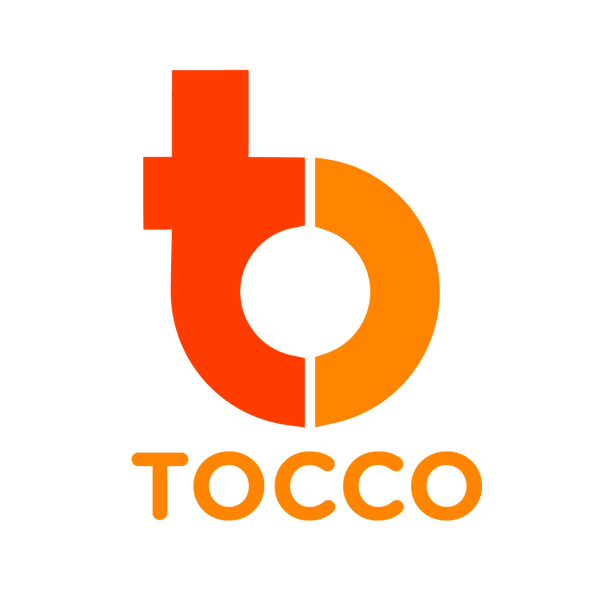
Banana Chips-Kaya Varuthathu: Unveiling the Crispy Delights of India's Iconic Snack
Share
Chips are everyone's favorite snack to binge on. Fruits or vegetables thinly sliced and fried, baked, or roasted are enjoyed as accompaniments to meals or as snacks. Well-known among this category is the potato chips, as it's the most widely consumed chips. They come in various forms and textures and in a variety of flavors too. The tiny space taken up on your plate when you order your favorite burger or sandwich - Yes, that’s sort of reserved for potato chips!
The historical account of how potato chips were first made and popular is an interesting story, or rather, as it says, ‘a culinary accident turned into a delicious invention’. The true birth of potato chips can be attributed to an African American chef named George Crum. In the mid-1800s, Crum worked as a chef at the Moon Lake Lodge resort in Saratoga Springs, New York. One day in 1853, a customer who was dining at Saratoga Springs complained that Crum's French fries were too thick and not crispy enough. In response, Crum decided to play a prank and sliced the potatoes extremely thin, fried them to a crisp, and heavily salted them. To his surprise, the customer loved the new creation, and the thinly sliced, crispy potatoes became an instant hit. Crum's "Saratoga Chips" quickly gained popularity at the Moon Lake Lodge and beyond. Other restaurants in the area started to adopt the idea and put "potato chips" on their menus. Initially, potato chips were prepared and served in restaurants and inns. However, as demand increased, there was a need for mass production and packaging to meet the snack's popularity. This version of events eventually became so well-established that, in 1976, American Heritage magazine would dub Crum, also known as George Speck, the “Edison of Grease.”
Apart from potato chips, there are several other types of chips that are experimented and have become successful. Nendran Chips, Raw banana Chips, Jaggery Coated Banana Chips, Tapioca Chips, Sweet Potato Chips, Beet Chips, Jackfruit Chips, bitter gourd chips are some of the variety of chips that are popularly available. The usual process of making any chips is slicing the fruit/vegetable in the thickness of one’s choice (mostly thin) and deep-frying it in oil to arrive at the right texture and crispiness. Over the years, people have been experimenting with making the chips using other techniques such as air frying or baking to control the oil content in the making of chips.
What’s interesting is that there are some chips that originated from a specific region and spread as a popular snack across the world. We will dive into one of the most popular traditional snacks - Banana chips, Kerala’s pride.

Banana chips, fondly called Kaya varuthathu, is an Indian banana delicacy believed to have originated in Kerala and has become popular worldwide. Kerala is known for its abundant banana plantations, making bananas a staple fruit in the region. In the traditional Kerala thali, also known as the sadhya, the first thing served after salt is the upperi (banana chips), marking an important part of the meal.
The origin of Kerala banana chips is debatable, but one of the interesting stories dates back to the time of Alexander the Great. He discovered plantain during his travel to Africa and brought it to Europe. With time, it started to travel to Southeast Asia, the Middle East, and India. That’s how it became a cultivation in South India. The deep frying technique of making plantain chips is also believed to be part of the Roman Cookbook where they deep-fried the sliced plantain in olive oil to make the crisps.
When we ask our Amma about her memory of banana chips, she tells us the story about how this was made at her ancestral home during festivals. “Onam was nothing less than a celebration, with my cousins coming over and the grand sadhya. In the evening, when the aroma of freshly made hot chips reaches us, my cousins and I run to the kitchen to grab some, and we all gather on the front porch to have tea with it,” she says.

The traditional preparation of kaayavaruthathu is very simple: bananas are sliced into thin rounds or strips and deep-fried in coconut oil until crispy. The type of banana used for making the chips is the plantain, which is widely available in tropical regions like India, Latin America, and parts of Africa. However, in Kerala, it is the Nendran banana variety that is known for its distinct flavor and texture, adding to the unique taste of the chips.
Banana Chips-Health Benefits
Banana chips also come with health benefits as they are a good source of dietary fiber essential for healthy digestion and regulating blood sugar levels. They contain various vitamins and minerals such as potassium, vitamin A, and vitamin C, which support muscle function, healthy vision, and immune function, respectively. However, it is important to note that store-bought banana chips may significantly impact the nutritional profile due to their preparation methods, unlike homemade banana chips that use simple ingredients and do not reuse oil for frying. Homemade chips can also ensure they are gluten-free. Any snack is to be consumed in moderation for healthy eating, and it applies to the banana chips too.
Among banana chips, there are different varieties available with added flavors to make them spicy or tangy. Another popular variety is ripe banana chips or pazham chips, which are made from ripe bananas and have a slightly sweeter taste.
In the evening, with a hot cup of tea or as a snack during work, enjoy the flavor of fresh banana chips!
If you are looking for thin and crunchy plantain chips, made fresh at home, try our Meengurry Memories chips on Tocco!
